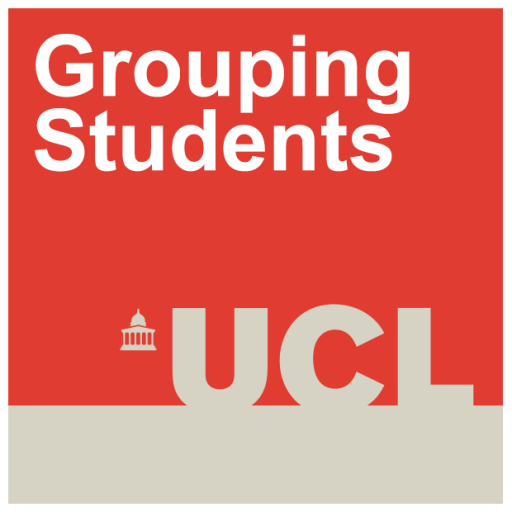Psychology of education conference in Edinburgh: Teachers’ beliefs about student ‘ability’
By qtnvarl, on 8 November 2017
– Dr Becky Taylor
 I recently visited Edinburgh for the British Psychological Society Psychology of Education Section Annual Conference 2017. With a focus on ‘Learning, Teaching and Assessment’ it had been difficult to resist submitting an abstract based on our project findings, and it was a great opportunity to discuss the project with fellow psychologists.
I recently visited Edinburgh for the British Psychological Society Psychology of Education Section Annual Conference 2017. With a focus on ‘Learning, Teaching and Assessment’ it had been difficult to resist submitting an abstract based on our project findings, and it was a great opportunity to discuss the project with fellow psychologists.
For the occasion, I presented some analysis that we hadn’t shared before, looking at teachers attitudes toward and beliefs about student ‘ability’. If you follow our project closely, you will have noticed that we refer to ‘attainment grouping. ’ We believe that the term ‘ability grouping’ confuses educational attainment with a notion of innate potential academic ‘ability’, which in turn legitimises in educational discourse the inequality of outcomes that we observe. Instead, we think it is helpful to consider ‘ability’ as flexible as this can motivate students to overcome failure and remedy mistakes through effort.

Photo by Carlos Delgado, CC BY-SA 3.0 licence.
Findings from our baseline teacher questionnaire reveal that teachers tend to see student ‘ability’ as flexible, scoring a mean of 3.8 on a scale of 1-5, where 5 is the highest score for belief that ‘ability’ is flexible. We examined these findings to see if we could find any differences between groups of teachers, but they appear to be consistent regardless of subject taught (maths or English), length of service or the grouping practices in their school (setting or mixed attainment).
We then explored what teachers said about their students in interviews. We found that many teachers talked about students in their classes as homogenous groups, labelling them according to set level. For example, one English teacher said, ‘Upper band … are avid readers … whereas middle band … watch television and play computer games, they don’t read.’
Furthermore and replicating previous research, we found that teachers’ perceptions of their students dictated the curriculum and pedagogical choices that they made, with lower attaining students getting more repetition and rehearsal, while higher attaining students get more problem-solving and creative opportunities. As we have argued elsewhere, this is limiting for students in low sets, and may contribute to the poorer outcomes for these students.
What is particularly interesting here is that teachers’ classroom practices don’t align with their beliefs about students’ ability. Even though teachers believe that students can improve their outcomes, evidence from our interviews suggests that they still don’t provide the opportunity for low-attaining students to do so.
 Close
Close



